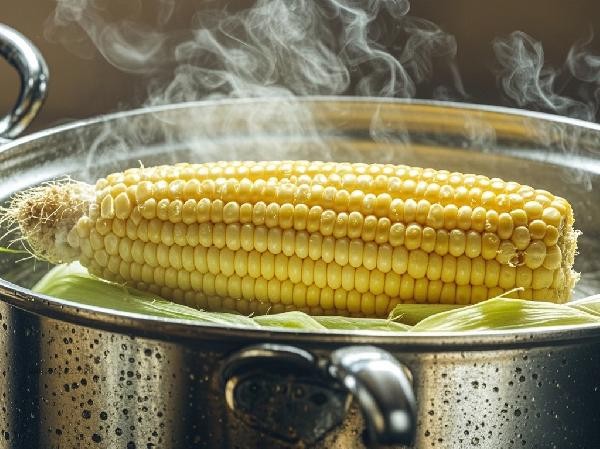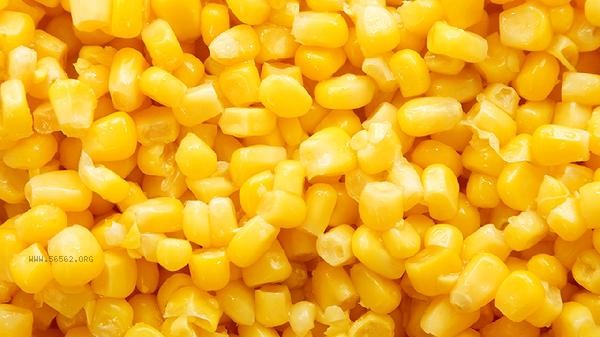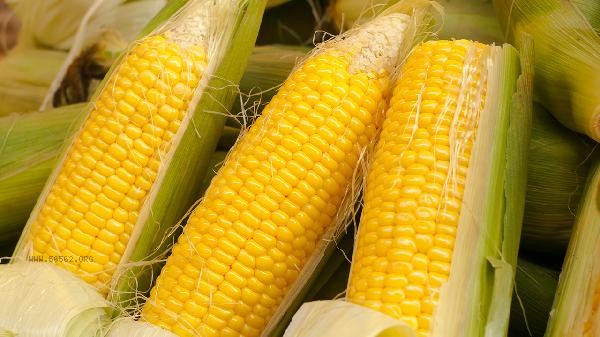Glutinous corn can be frozen and stored. It is recommended to drain the water and seal the packaging after cooking. The key steps of cryopreservation include pretreatment, packaging methods, and temperature control.

Glutinous corn should be fully cooked before freezing to avoid direct freezing of raw corn, which can cause a deterioration in taste. After removing the cooked corn, drain the surface moisture and use kitchen paper to absorb any excess water stains. A single corn can be tightly wrapped in two layers of cling film to block air contact. It is recommended to pack multiple corn kernels into food grade sealed bags and seal them after releasing the air inside the bags. The freezing temperature should be kept below minus 18 degrees Celsius to avoid repeated thawing. For short-term storage, the whole plant can be frozen, while for long-term storage, it can be divided into sections and packaged separately.

Frozen glutinous corn may suffer from ice crystal damage to its fiber structure. Corn kernels have a high water content, and direct freezing can easily form large ice crystals that pierce the cell wall. Corn that has not been fully drained is prone to frost formation on the surface after freezing, and severe water loss occurs during thawing. Poor sealing can cause frostbite and cross contamination, affecting the quality of consumption. The temperature fluctuation in the freezer compartment of a household refrigerator may shorten the optimal consumption period of corn. Freezing again after thawing will accelerate starch aging and make the taste harder and more woody.

It is recommended to consume frozen glutinous corn within 3 months. After thawing, it can be directly steamed or used for stewing soup. To avoid uneven heating caused by rapid thawing in the microwave, slow thawing in the refrigerator can better retain moisture. Before cooking, check for signs of frostbite, spoilage, odor or discoloration and discard. When pairing with other ingredients, pay attention to the thawing sequence. Hard vegetables can be cooked together with corn. Keep away from strongly scented foods such as seafood during daily storage to prevent cross flavors from affecting the sweet taste of corn.








Comments (0)
Leave a Comment
No comments yet
Be the first to share your thoughts!